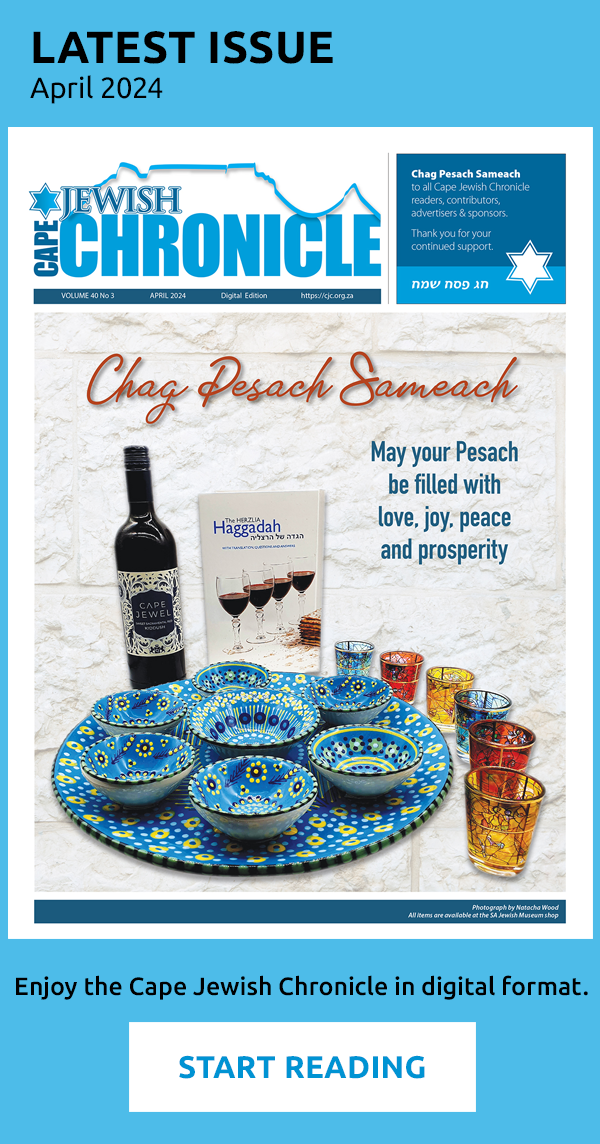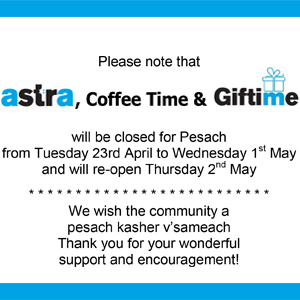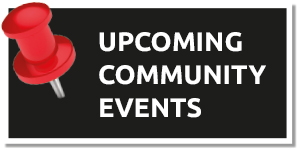By Dave Bloom
An email popped into my inbox in early January inviting me to attend a conference in New York entitled Jewish African Communities — Past, Present and Future asking me to present the story of the Zimbabwe and Zambian Communities.
As someone born in Zimbabwe who has lived most of my life in Israel, my Jewish African experience was always framed by the traditional Southern African Jewish community culture, strongly influenced by the original immigrants from Lithuania, Germany, Britain, Poland and Rhodes. I have been recording the story of the Zimbabwean and Zambian Jewish communities for nearly twenty years and hence the request to share my expertise.
Without further hesitation I accepted the invitation and spent three days in a very different and interesting world immersed in literally a ‘Cape to Cairo’ tour of Judaism being expressed in many ways across the continent.
I learned that there are many people doing serious research and producing amazing material on the Jewish world across Africa. Of course, the starting point in attending, what was slated as the first such conference on Jewish African Communities is to hear from the numerous speakers that there are many flavours, interpretations and histories of what it means to be Jewish in Africa.
Lecturers covered the Beta Israel of Ethiopia and their identity until 1991 with fascinating insights by Dr Shalva Weil from the Hebrew University into the first ‘Falashmura’ who trekked by foot from Ethiopia to Jerusalem in the early 1900s. We also heard from a young student Abere Endeshaw Kerehu who lives in Ethiopia today and seeks to enhance the lives of the Jews still living there whilst struggling with Israel’s slow response to bringing the remaining 8000 members of the community home. Ethiopian-born Rabbi Dr Sharon Shalom spoke with great insight and conviction about the challenges facing Ethiopian Jews in Israel in the context of preserving their culture, traditions and identify.
Dr Jay Waronker, an architect by profession, displayed and spoke about his unique drawings of synagogues throughout Africa. You can see the attention to detail in his work at www.africansynagogues.org
Well known photographer Jono David presented a humorous and yet very impressively serious expose of his journeys throughout Africa to visually record disparate Jewish communities – from Madagascar to the Cameroon and from the Cape to Morocco. He spoke about his visits and showed photographs of the Lemba of South Africa and Zimbabwe and the Djerba community on the island off the coast of North Africa where Jews have lived for over 2,500 years. He visited and photographed the Igbo Jews of Nigeria near Aubja. Visit Jono’s site at www.jewishphotolibrary.com .
Ilona Remy gave an ardent speech expressing his frustrations of how the Igbos Jews with some 26 synagogues in Nigeria and approximately 30 000 members are ignored by mainstream Jewish institutions, the Rabbinate and by Israel.
Maguy Kakon spoke eloquently of her experiences and challenges as the first Jewish woman to run for a seat in Moroccan parliamentary elections. Former journalist Carol Castiel gave a fascinating presentation on her work in preserving the story of the Jews of Cape Verde — a tiny island off the west coast of Africa. It became clear from various presentations that the Spanish inquisition caused Jews to escape to far flung reaches in sub-Sahara Africa — not just the well-known communities of Morocco, Tunisia, Libya and Egypt where today hardly any Jews at all exist — but also lesser known communities existed in Cameroon, Guinea and Gambia.
Staff from the American Sephardi Federation, led by Executive Director Jason Guberman and Eddie Ashkenazie presented their amazing project called “Atlas of Jewish History and Diarna Geo-Museum of North African and Middle Eastern Jewish life”. The project is working to digitally preserve the physical remnants of Jewish history throughout the region. It is in a “race against time” to capture site data and record place-based oral histories before even the memories of these communities are lost. They are now extending their work to sub-Sahara Africa.
Dr Tudor Parfitt from Oxford University gave a spell-binding lecture on his research into the Lemba of South Africa and Zimbabwe who claim Jewish heritage. His work involved actually tracking the possible route the Lemba may have taken down the East Coast of Africa based on the oral history from the tribal elders. He reached the town of Sena in Yemen where the Lemba believe they came from. His studies involved various DNA tests which showed the male Lemba displayed a high proportion of paternal Semitic ancestry, DNA (called Cohen Modal Haplotype) that is common to both Arabs and Jews from the Middle East. Dr Parfitt was cautious in his words, entitling his talk ‘The Jews of Sub-Sahara Africa: Myth and Reality’ but it seems clear that the Lemba themselves take their, so called, Jewish linkage very seriously.
There is an active Lemba synagogue in Harare, supported by the international Kulanu organisation and the community members follow strict Jewish rituals from circumcision and Kashrut to Shabbat, and there is strictly no-intermarriage with other communities.
What was equally intriguing about the conference was the partnership of its two key sponsors — the American Sephardi Federation and Mimouna – a Muslim organisation from Morocco that seeks to preserve Jewish Heritage in that country. Their cooperation created a warm atmosphere at the conference and an included an exotic evening of music and colourful Moroccan dance groups.
In the short time allocated to each speaker (15 mins) I did my best to tell conference the story of the Zimbabwean and Zambian Jewish Communities and how the first white settlers in those two territories included Jews seeking to improve their economic well-being whilst escaping the pogroms and the rise of Nazism in Europe and Rhodes. I told of how communities quickly and effectively established Synagogues and community institutions including fine Jewish Day Schools, Zionist Youth Movements, WIZO, Jewish Sports Clubs in Harare, Bulawayo and smaller towns like Kadoma and Kwe Kwe. In Livingstone, Lusaka and Ndola there were active Synagogues. I showed conference participants the extensive website I have built over the years www.zjc.org.il with records of all the Jewish cemeteries, many written and audio-visual biographies of community members, digitised books and now the extremely active Facebook group, Zimbabwe Jewish Community.
From South Africa’s Jewish Board of Deputies, Chaya Singer spoke eloquently about the challenges facing the SA Jewish Community but also how the Jewish life continues to thrive in the main centres of Cape Town, Johannesburg and Durban. Chaya accepted a special award given to the SAJBOD by the conference organisers for its work in promoting civil rights, the safety and welfare of South African Jewry, including combating antisemitism in all its forms, and building bridges of friendship and understanding between Jews and the broader South African population.
I came away from the conference with a whole new perspective on Jewish Africa and a realisation that across this huge continent Jewish life has had its ebbs and flows but there is a relatively new, growing trend of Jewish identity which requires a respectful and better understanding to establish its credibility and place in history.
Click here to read our Pesach 2019 content
Click here to download a PDF of the April edition of the Chronicle








